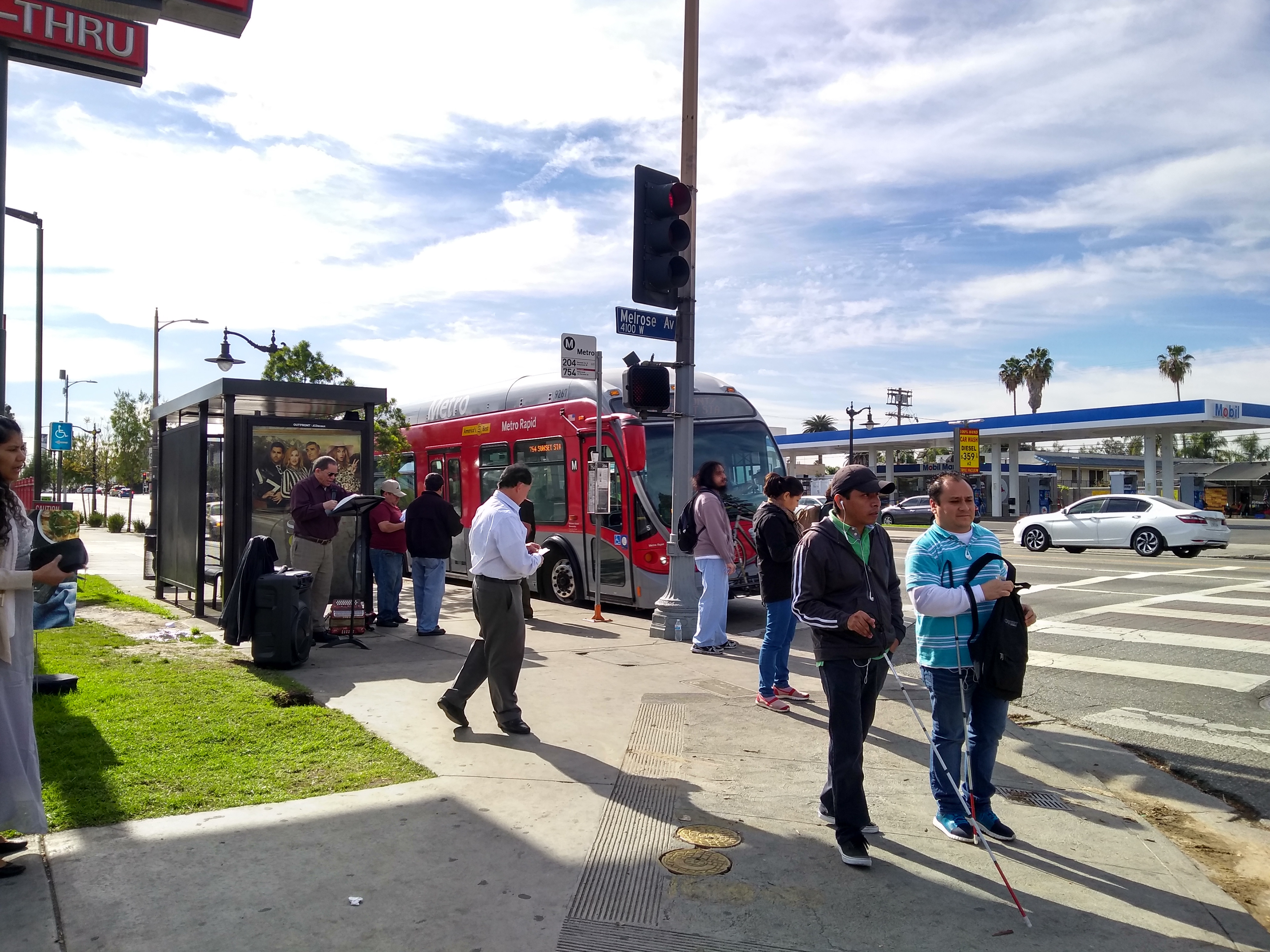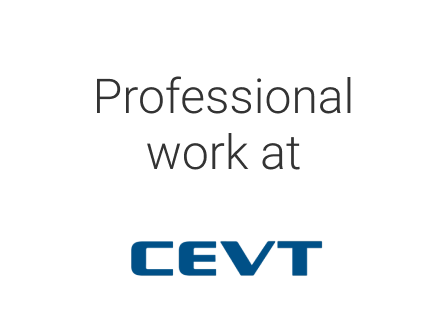Research: Literature review
The basic purpose of doing the literature review is to know the field, understand what is the current scenario and identify gaps to work upon.
To understand further about democracy, what it means and how it is applicable in transportation, I started finding and reading journals and books. The literature review started by understanding the term 'democracy' in its entirety, knowing the basic principles and exploring how it is valuable in different contexts.
After gathering a considerable amount of data, it was becoming difficult to synthesise and look at the overall picture. Therefore, the data from various texts were mapped out, similar to affinity mapping.
Mapping of data from literature review
The key points from each text resource was noted down and clustered under various themes. Doing this helped in understanding the current lay of the field.
The themes that emerged from the literature review mapping
The literature review indicated that a social change or empowerment is necessary to change the status quo. From the map, it is clear that the 'social' aspect is the link between business model and access to transportation.
Summary of literature review
The literature review has been summarised as follows:
What is de.moc.ra.cy?
Democracy is a stage when the control of an organization is by the majority of its members.
What is transportation democracy?
A change in the majority's choice creates a scenario where potential for movement is equitably distributed which means people's mobility options are not dictated or restricted by any external non-natural agency.
Why current transportation is undemocratic:
My literature review indicated that the late capitalist economy today has a private control over it, which leads to policies that benefit private interests and sometimes mismatches with society's interests causing an undemocratic version of transportation.
In the case of Los Angeles, this manifests in the form of:
The Los Angeles city is planned around cars and therefore relying on cars to reach to a destination is inevitable. This creates a dependency on cars. The cars, however, comes with a certain cost such as insurance, fuel, maintenance, fines and so on. The people who have less financial capital find it difficult to own a car but they cannot get rid of it either. They are in a fix.
This situation creates a lack of equitable access to economic opportunities that the city provides which leads certain people, often those at the bottom of the economic ladder, out of the main economic system.
But a change is possible...
The literature review also indicated that bringing a social change or empowerment in people can fulfil society's interests, creating an increased democracy in transportation.
Increased democracy is possible only when the democratic principles are employed. The key democratic principles are:
The democratic principles employed are inclusiveness and choice, having equity and transparency and distributed control of power. But...
How can we empower people? (in the context of transportation)
First, by reducing the barriers - dependency on one form of transportation itself is a barrier.
Second, by reducing liabilities - having to be dependent on a form of transportation comes with its own barriers. In Los Angeles, people are dependent on cars which creates liabilities such as contributing to the traffic, having to have a driving license and also the cost of ownership and maintenance of the vehicle.
Third, by increasing the mobility capital - mobility capital are those assets, such as mode, money, infrastructure, which enable one to move.
Doing these three increases one's potential for movement. Together with an increase in the collective agency of people in the system, it is possible to empower people in transportation.
The literature review concluded in several research questions, which led to the primary research.
Research question
What social change needs to occur in order to increase transportation democracy?
Sub-questions
1. How can that social change be brought in? How can design contribute in bringing about the change?
2. How might technology play a role in enabling the desired social changes?
3. What can increase social dependency in communities?
4. What extent should be the influence of communities so that it does not become another barrier?
5. How can the gap between consumers and producers (or service providers) be reduced in order to empower people?
Research Plan
In order to conduct primary research, a research plan was made. The plan identified what research method to be followed, in what context, who are the users and the approach to get the necessary data from them.
Research Approach
A multi-strategy research approach with sequential exploratory character was followed for the primary research. Qualitative data collection, with a focus on contextual meanings, is given more importance followed by supportive quantitative data.
The format of the primary research will be a two-step process.
1. Site visit, observation and contextual inquiry
2. Unstructured interviews/ discussion
No participant experiments were conducted. No research involving physical or mental difficulty or danger to the participants were conducted
Site selection
East Hollywood neighbourhood is considered as a context for this project since it is a location where low-income people are in majority and living in high density. From secondary research, it was found that most of the people use personal cars for their daily commute. Three metro transit stations come inside the boundaries of East Hollywood.
East Hollywood in Los Angeles. Site for primary research.
Site boundaries have been further extended till Wilton/ Melrose on the West to understand the effects on mobility access, in that area, caused by Hollywood freeway.
Site Visit and observations
A preliminary site visit was conducted prior to any interviews. Observing and shadowing people with contextual inquiry was done for recording key activities, based on which more specific questions were framed. Shadowing helped to observe how people react to certain situations in real life- how they deal with the mobility barriers they face at that moment, what all they get influenced by (influential variables) and other relations to the surroundings and people. The site visit was done early, during the ‘preliminary research preparation’ time period.







The people in East Hollywood are mostly of the low-income category. They live in either small rented single family homes or low end apartments. Most of them work within a 4 mile radius. They are dependent on cars and use public transit only when the proximity allows.
Interviews/ discussion
Method of interviews was useful in understanding the perceptions of people, their opinions, motivation and behaviour concerning the ecosystem in which they live and travel. Interviews are also a good method to gather information from experts in the field. Since, the research poses a theoretical question and expects an explanatory answer, considering deeper meanings of participant responses, the method of interview is ideal.
The format of the interview was unstructured through a flexible research approach than a fixed approach. The conversation was recorded either on audio or on video (if permitted). Key points were noted down.
Participant Profile
The primary participants were the residents of East Hollywood region. Apart from that key people from LADOT, LA City Planning and LA Metro were also participants of this interview process.
Inclusion or exclusion criteria - Participants, male and female, above the age of 18 up to 70 were considered for the study. Vulnerable category of people (kids below 18, very elderly and differently abled people) were excluded from the study.
Number of participants/ interviews - The number of interviews depended on the amount and kind of information that was gathered. Once it had reached a saturation and no new information was being yielded, the interviews were stopped.
Selection Criteria
For participant observation and preliminary site visit the selection criteria was nominal. Contextual inquiry was done at points where there were high chances of interaction that could happen like bus stops, plazas and cafes. Deeper and cross-questioning was not done at this point.
Participants between the ages 18 to 70 were considered.
Method of recruiting
The method of recruiting followed for this project is intercepting.
Analysis method
The data got through the primary analysis have been analysed using KJ (Jiro Kawakita) method. This method allows the researcher to organize data and ideas. The tool prioritizes and categorizes data in to a common theme and brings out the natural relationship between them.
The interviews have been coded and categorized under various clusters of ‘what’- what that particular data or interview feedback means. These clusters have been analysed to understand ‘why’ things are happening the way they are. This brought out the relationship between themes and these generated insights. These insights were clubbed to form various opportunities for ideation.
Analysis of the interviews using KJ method. The green stickies are coded interviews and yellow stickies are the themes.
Major themes that emerged
The categorization of the responses from the interviews evolved in to a number of key themes. The connections between the themes explained how transportation and social factors are related to each other.
The categorised emerged themes. The map shows the relationship between various themes.
The key themes were analysed by asking ‘why’ they are happening the way they are, which led to the insights. The findings of the primary research indicated that the mobility barriers that people face do not stay in isolation but are connected to other reasons too. Asking more ‘why’s helped in reaching the root cause of the problem.
Three key insights
All images, maps and diagrams are Copyright of Gautham Rajaraja Varma. Proprietary and protected under Federal Law.











